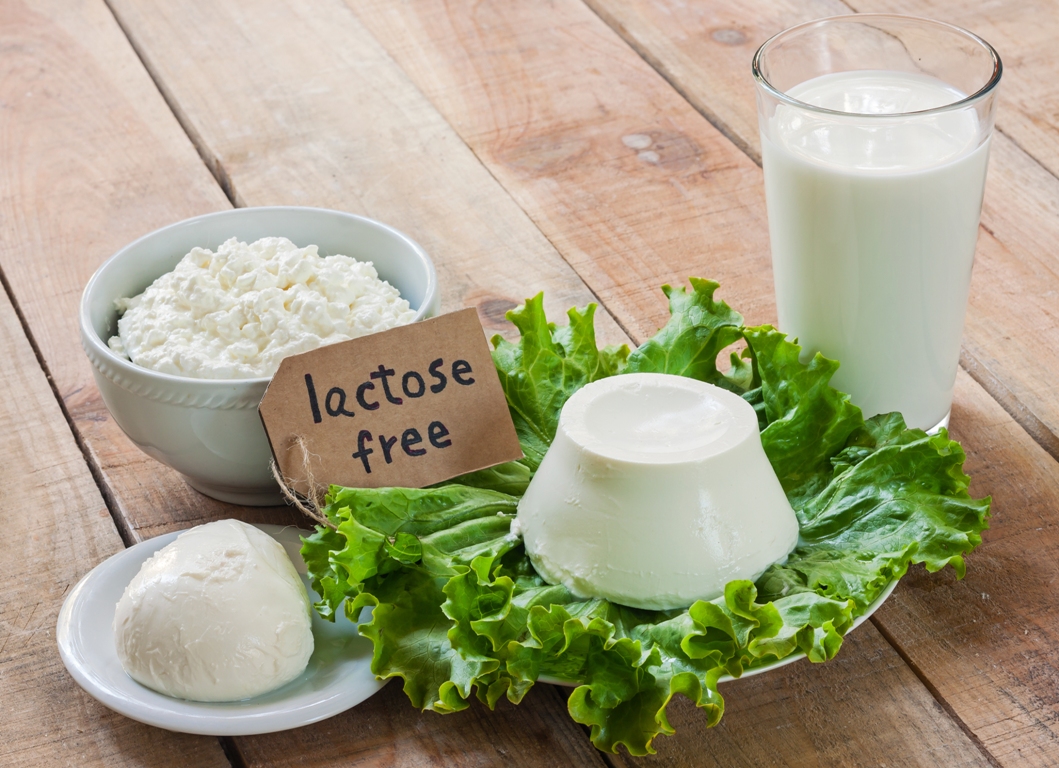SYMMETRIA®
BLOG

Lactose Intolerance – Everything You Need To Know!
Gastrointestinal disturbances are probably one of the most common problems that burden the quality of our everyday life. Especially in Mediterranean countries such as ours, a major cause of such problems is lactose intolerance, as the proportion of the population presenting it is very high - it can even reach 70%!
Lactose intolerance results from the restriction of lactase synthesis, an enzyme that breaks down milk lactose into glucose and galactose, two sugars that the human body uses for energy. When this decomposition can not occur due to lack of lactase, lactose passes indigestible in the large intestine and is broken down by the intestinal microbes causing gas, bloating and abdominal pain. For this reason, the symptoms of lactase deficiency appear in the first 30'-120' of the consumption of lactose, such as milk and, to a lesser extent, yogurt and some cheeses. Cheeses subject to long-term fermentation have almost no lactose due to the maturation process, and are therefore well tolerated by people intolerant to lactose.
The body's inability to produce lactase does not have to emerge from birth. Most tend to develop the intolerance later on in their lives. For this reason, one can not immediately notice the lack of the enzyme and suffer from the symptoms. People who are not born with a lactase deficiency, experience a reduction in enzyme production that starts at about two years old and is very gradual. If you experience symptoms of gastrointestinal distress, it is important to investigate whether you have lactose intolerance with the help of your doctor. If you find that dairy products are responsible for your puffiness and discomfort, it is good to make some changes to your diet. Choose dairy-free lactose or vegetable milk, such as almond milk. "Fresh" cheeses that are not subject to full fermentation, such as cottage cheese, contain small amounts of lactose and are therefore to be avoided. The same applies for yogurt, kefir and sour milk. These dairy products, although fermented, have small amounts of lactose. Also, small amounts of lactose can be present in pastries, margarines, breakfast cereals and sausages due to the addition of whey or other milk products in the preparation of these foods.
By removing the sources of lactose from your diet you will experience a clear reduction in the symptoms of the gastrointestinal tract. An alternative is the exogenous intake of the enzyme lactase before meals. There are studies showing that the administration of probiotics may contribute to better tolerance of the organism to lactose. One of the reasons why this can happen is that some probiotics, such as the ones from the Bifidobacterium family, can metabolize lactose. A good source of probiotics that metabolize lactose is kefir and yoghurt, as it is produced by fermenting milk with such bacterial species and its lactose levels are much lower than milk. Over time, the conservative intake of such dairy products can enhance gut microflora thus allowing them to tolerate even more lactose-rich foods. In any case, because our gastrointestinal tract is constantly under stress from our eating habits, it is important to take care by strengthening the microflora not only via the consumption of probiotics but also of prebiotics. Prebiotics are the food of probiotics. They include, among others, plant fibers, which are particularly useful for enhancing the intestinal microflora as a whole.
Do you like our content?
SUBSCRIBE
to keep up with SYMMETRIA's® latest news, partnerships, offers, new protocols and products
This site is protected by reCAPTCHA and the Google Privacy Policy and Terms of Service apply.
